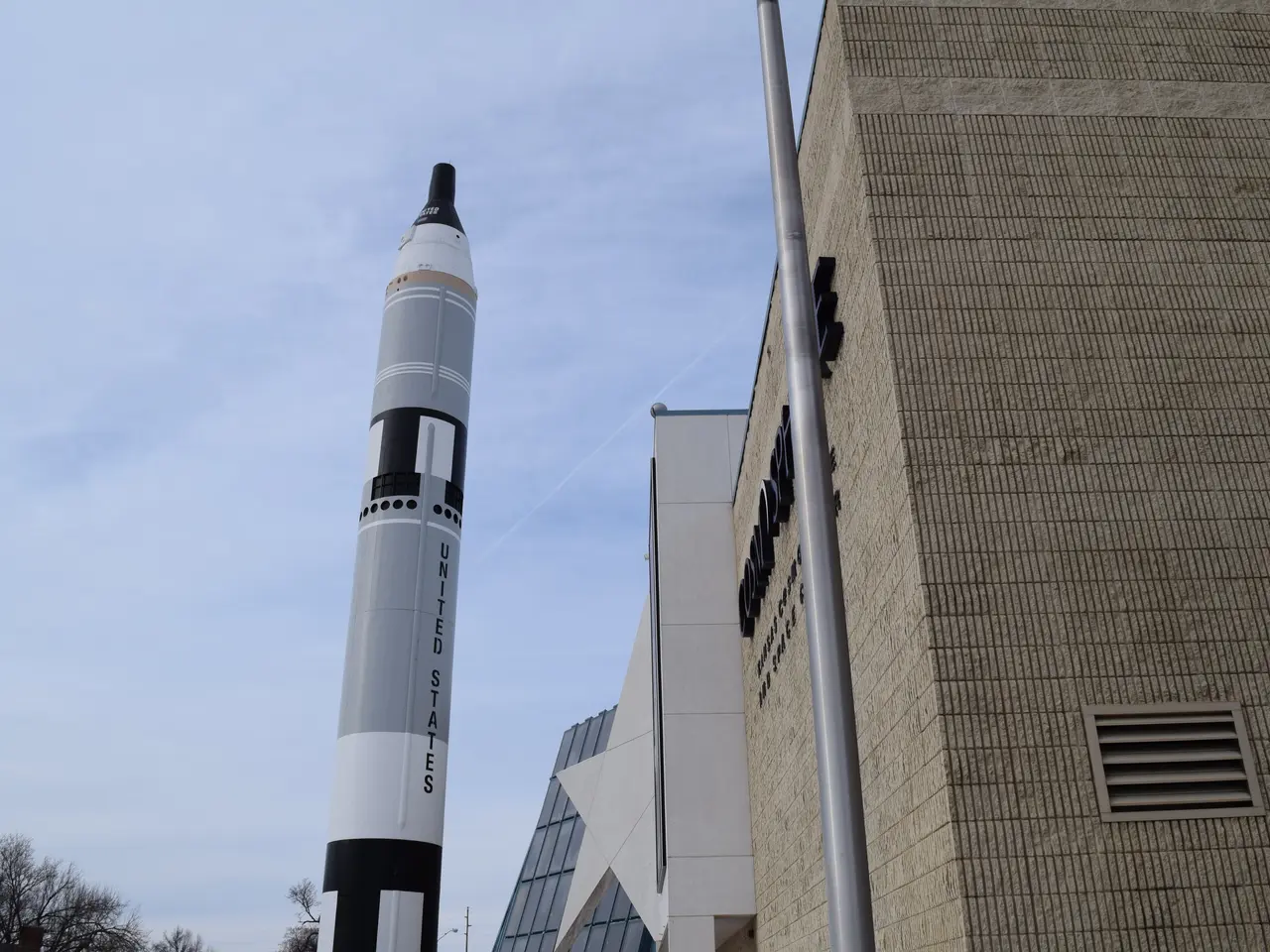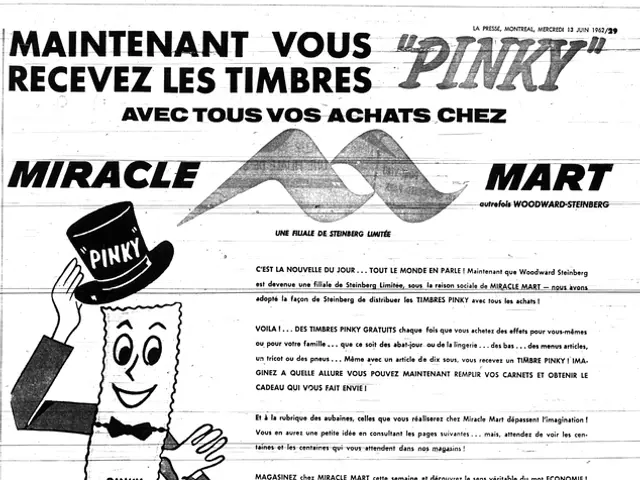Stunning Video Reveals Design for Fusion Rockets, Potentially Cutting Mars Journey Time in Half
In an exciting development for the space industry, UK-based nuclear propulsion startup Pulsar Fusion has unveiled plans for the Sunbird Migratory Transfer Vehicle, a nuclear fusion-powered spacecraft designed to drastically reduce space travel time across the solar system.
The Sunbird, expected to cost around $70 million each upon commercial rollout, leverages a Direct Fusion Drive (DDFD) — a highly efficient propulsion system capable of sustaining long engine burns and significantly enhancing velocity changes compared to conventional propulsion systems.
Pulsar Fusion is currently gearing up for critical testing of the Sunbird technology, with plans to conduct initial tests this year. These tests will focus on fusion thrusters and Hall-effect thrusters, which the company has been developing for space propulsion. The tests will take place in newly built space-grade vacuum chambers in the UK — the largest of their kind there.
In addition to the testing, Pulsar Fusion has expanded its operations by opening a new office in Austin, Texas, to integrate into the US space innovation ecosystem and to support further development efforts.
The ambitious goal is to launch the Sunbird spacecraft by 2027, with interplanetary missions such as to Mars and Saturn’s moon Titan on the horizon. If successful, the Sunbird could cut travel time to destinations like Mars by about half compared to current chemical rockets, and enable rapid delivery of payloads across the solar system.
The fusion drive allows for prolonged high-thrust operation, making it possible to perform complex maneuvers and missions that are infeasible with traditional propulsion. This enhanced mission capability could accelerate exploration, scientific research, and potentially cargo transport to moons and planets, facilitating future human missions and infrastructure development.
Pulsar Fusion's CEO, Richard Dinan, highlights that advances in AI help manage the complex plasma physics of fusion, making the reactors smaller, smarter, and more practical — ushering an exciting era for fusion-powered space propulsion.
Unlike traditional rockets, Sunbirds would be stored on giant orbital docking stations, each designed to host up to five at a time. Sunbirds would attach to larger spacecraft, propel them to a destination, and then detach and dock to an awaiting station, allowing for reuse.
If Pulsar Fusion's Sunbirds are successful, our cosmic neighbourhood will suddenly feel a lot smaller. The Sunbird Migratory Transfer Vehicle is depicted in a new video unveiled by Pulsar Fusion this week, showcasing its unprecedented speed of 329,000 miles per hour (over 529,000 kilometers per hour). This speed is generated by the DDFD engines, which are designed to harness the power of nuclear fusion, a process that powers the Sun and other stars.
The DDFD engines are projected to produce exhaust speeds of roughly 310 miles per second (500 kilometers per second), and are capable of propelling 2,200 to 4,400 pounds (1,000 to 2,000 kilograms) of commercial cargo. Customers could recoup their investment within one to two years through "active service in orbital logistics, deep space science missions, or infrastructure deployment."
The next step for Pulsar Fusion is in-orbit testing, with a goal of achieving nuclear fusion in space by 2027. If achieved, Sunbirds could be used to transport probes throughout the solar system, ferry telescopes to deep space, and even assist asteroid mining missions.
In theory, the DDFD engines could produce significantly more energy per unit of fuel than any existing engines, making Sunbirds a game-changer for the space industry. If all goes according to plan, Pulsar Fusion's Sunbird Migratory Transfer Vehicle could revolutionise space travel, making our cosmos more accessible than ever before.
- The Sunbird Migratory Transfer Vehicle, a nuclear fusion-powered spacecraft, could revolutionize space travel and make our cosmos more accessible, according to Pulsar Fusion.
- Pulsar Fusion's CEO, Richard Dinan, emphasizes that advances in AI and nuclear fusion technology are key to achieving this ambitious goal.
- If successful, the Sunbird could enable rapid delivery of cargo across the solar system, cutting travel time to destinations like Mars by about half compared to current chemical rockets.
- Gizmodo reports that the Sunbird Migratory Transfer Vehicle, currently under development by UK-based startup Pulsar Fusion, is expected to cost around $70 million each and could drastically reduce space travel time across the solar system.




